‘Are you going to Macclesfield? Astonishing! So jealous!” Absolutely no one said. When I told friends where I was going, all I got was a questioning eyebrow: “Macclesfield? Why?”
Maybe that was to be expected. It is, after all, a post-industrial city that the Local Futures Group once labeled the ‘least civilized’ place in Britain. The group’s 2004 report found that, in terms of facilities such as theaters and cinemas, the Cheshire borough had just 4 per cent of the national average.
But that was twenty years ago. Times have changed. “Before I went back I thought Macclesfield was a bit s—,” admitted nearby native Thomas Broadhead when we met for a beer. “But it is in the midst of an upswing.”
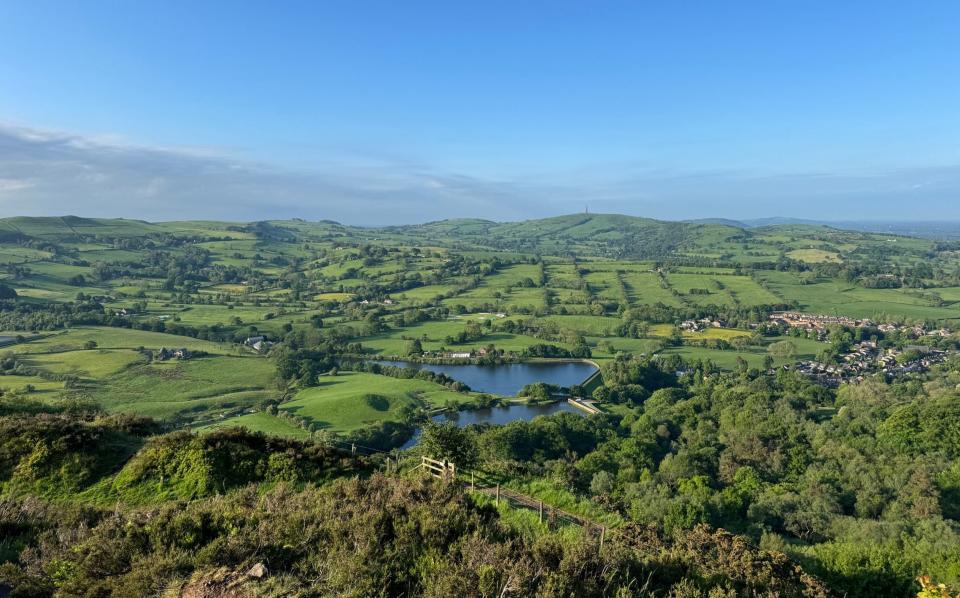
For a start, he said, people have woken up with nature on their doorstep: the town is on the edge of the Peak District, within walking distance of sheep-grazed hills, dense forests and the wild High Moor.
“But the mentality has also changed, it’s more outward-looking,” Broadhead added. “Macclesfield still has problems but there is a lot of creativity.”
Broadhead is at that creative forefront. His company, Tourism Board Unofficiale, makes merchandise that celebrates the city’s stories, such as baseball caps embroidered with images of sun loungers (the original is patented here) or Shutlingsloe, the “Cheshire Matterhorn.” “It’s ironic,” he explains, “but I thought if people wear them, together we will take the city to the next level.”
So, wearing a Macclesfield Sheep Dog Trials hat, I set out to explore this ‘cultural wasteland’ for myself.
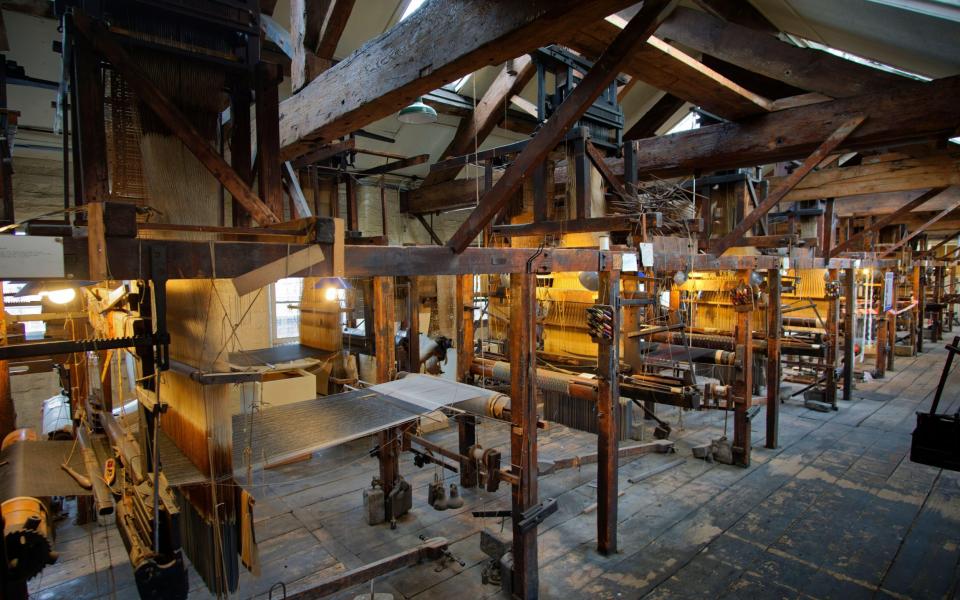

I thought it would be good to start with the creative backstory, so I’ll start with the Silk Museum. In the 16th century, Macclesfield was famous for button making. When it became fashionable to cover them with silk, the ever-innovative Macc jumped into that industry as well. The first silk mill was founded in 1743; at its peak the city had 70 mills. Today, only one remains, plus the museum’s newly restored Paradise Mill.
I take a tour with guide Tim Lightfoot, who leads us past Paradise’s rattling bobbin winder to the impressive row of jacquard handlooms. These ingenious machines use cards with punched holes to automate the process of weaving patterns (“the dawn of the computer age!” said Lightfoot); After painstaking repairs, one is back in good condition. On top was a beautiful new piece of silk, inspired by patterns from the museum’s archives, woven by students from the University of Manchester – the first fabric made here in at least twenty years.
For more contemporary culture, I stroll around town to meet cartoonist Marc Jackson. He runs Room for Comics, a shop and art studio – above the excellent artisan bakery Flour, Water, Salt – offering drawing classes for all ages. The space is cheerful: flooded with light, strange robots scribbled across the walls. “My lessons are like The Muppet Show with felt-tip pens,” he says.


Jackson is on a mission to make Macclesfield a center of comic arts, including organizing the renowned Macc Pow! festival (June 20-23). “We’re filling the city more and more every year, connecting makers with local businesses,” he explains. As well as workshops and film screenings, there will be artists drawing portraits in cafes and “paw pulling” in pet shops, plus the Beano‘s first female cartoonist in the library to give free demos.
It sounds brilliant; I was sad to miss it. But at least I planned my visit to coincide with the monthly Treacle Market. Founded in 2010, partly in response to that ‘least civilized’ assessment, the market is thriving, with almost 150 stalls selling everything from Cheshire cheese to cigar box guitars; there’s always music too, starting with the house jazz band – all 80s, but still great.
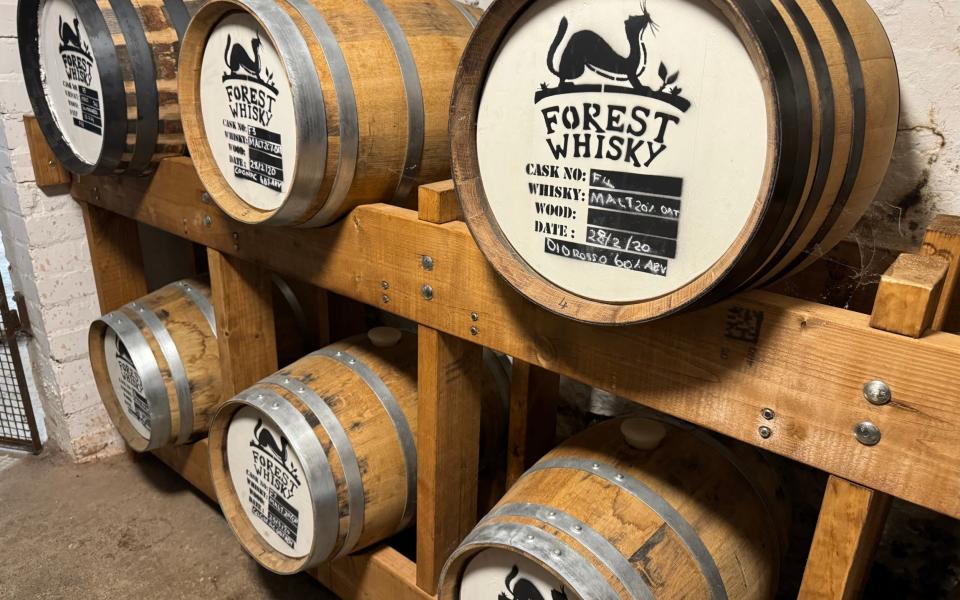

I wander around, among handmade jewelry and potted plants, gourmet mushrooms and Nepalese momos. I buy a fiery hot sauce made by a man who used to be a DJ at the Haçienda. And I would have bought a bottle of Forest Whiskey if I hadn’t already: the day before I had thoroughly enjoyed a distillery tour, in the old Cat and Fiddle (formerly the second highest pub in England) ; the Forest Blend 29 was as soft as caramel, delicious.
“We’d like the market to boost footfall across the city,” explains organizer Becky Thompson when I meet her at the old 19th-century Butter Market, a long-disused space that the Treacle Market has brought back to life. “There are no stalls in front of shops that are open. We want everyone to have a nice day.”
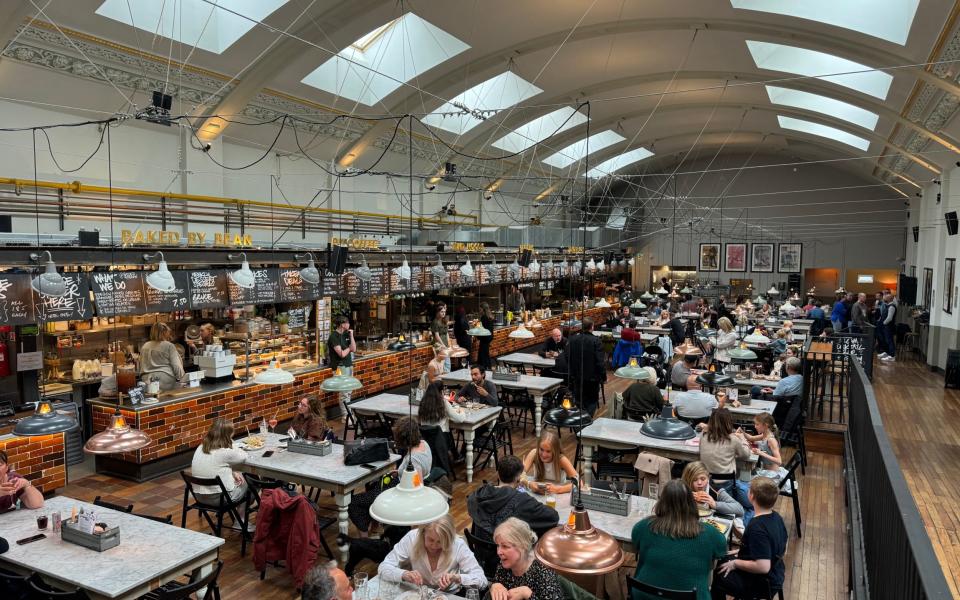

And it seems like everyone is. The cafes (and there are many good ones) are doing a healthy trade. Live music wafts out of the Button Warehouse, a smart new bar in an old button factory. Stalls line the courtyard of the Picturedrome, a long-abandoned cinema converted into a hip food hall. And a singer strums outside the bar and music store Proper Sound.
Proper Sound is something of a love letter to the local music scene – not least Ian Curtis’ mural in the courtyard. Macc-born Curtis was the frontman of post-punk band Joy Division, which burned brightly but briefly in the late 1970s before Curtis took his own life in 1980. His dark lyrics still resonate, and fans of all ages and countries make Macc pilgrimages.
“I’ve had people from Italy, Hungary and Chile,” said Trevor Stokes, who I met that afternoon. A passionate Maxonian and Joy Division enthusiast, Trevor began organizing tours focused on the band in 2023. “The selling point is that they’re run by someone who knows the city and who knew Ian a little bit,” says Trevor; his grandfather lived around the corner from Curtis – “our paths crossed a few times”.
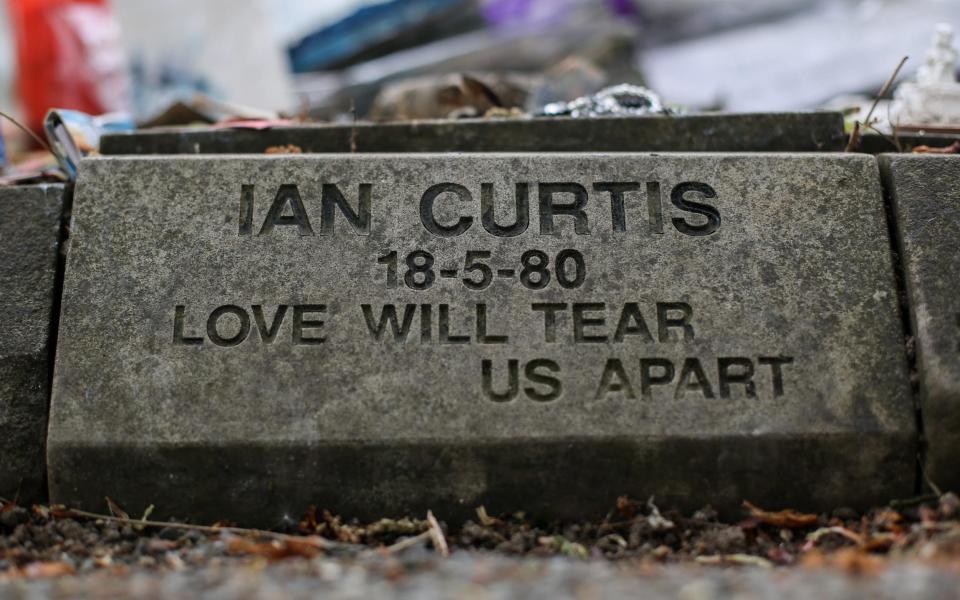

We start at the site of Curtis’s first house in Macclesfield, an ‘ugly, smelly’ block that has since been demolished. As Trevor drives me around, personal stories sprinkle visits to Curtis’ old schools, his tribute-cluttered grave, the Barton Street house where he died. “Ian didn’t become a rock star,” Trevor explains, musing on the man’s long-lasting appeal. “He continued to live in a terraced house. So he’s just like us.”
I’m not a Joy Division fan. But traveling with Trevor both reaffirms Macc’s right to be considered a cultural player and shows an earthy side to the city. It’s a music tour and social history.
Then Trevor drops me off at the train station. We’re picking up his son Harry on the way, so I ask him what he thinks of life in Macclesfield. “It’s heaven!” Harry answers.
Who’s jealous now?